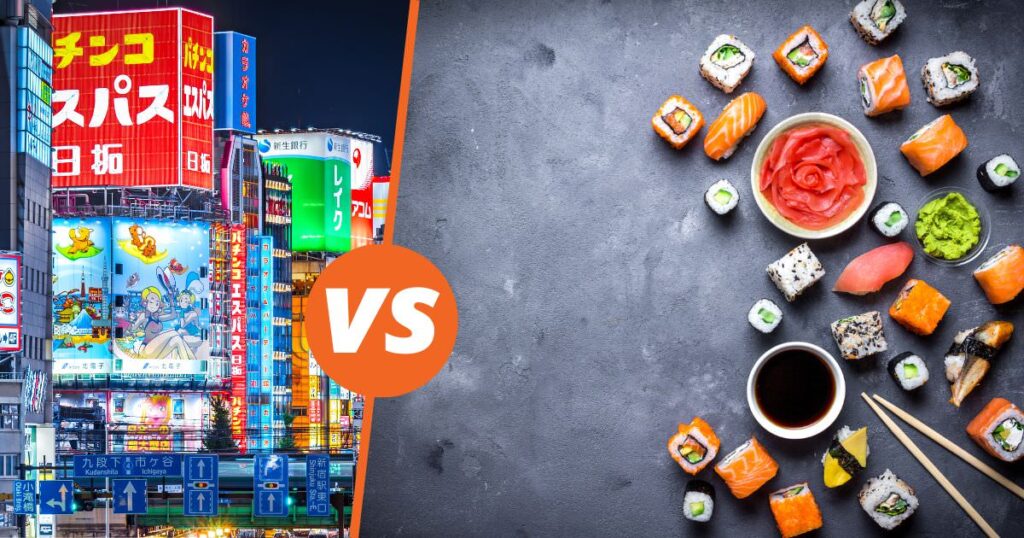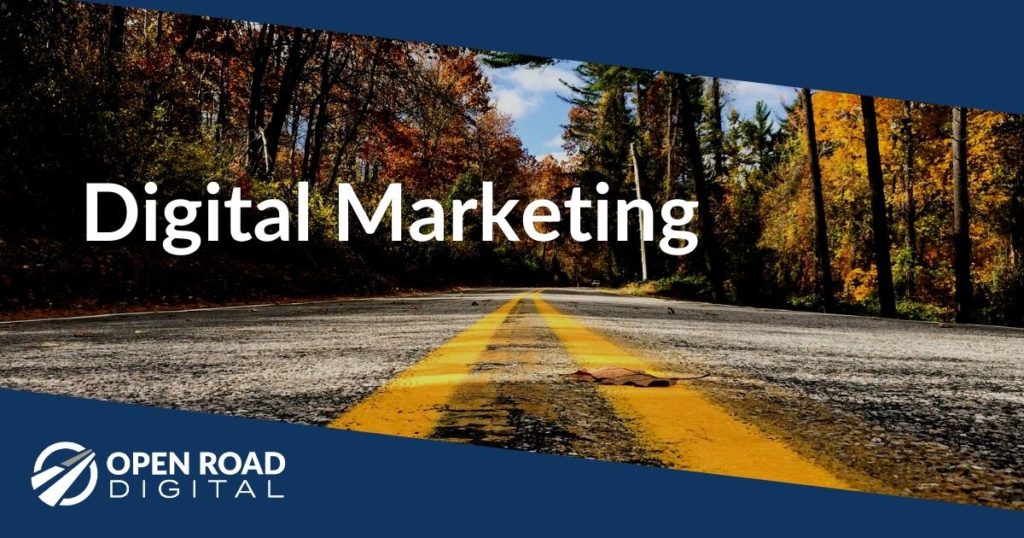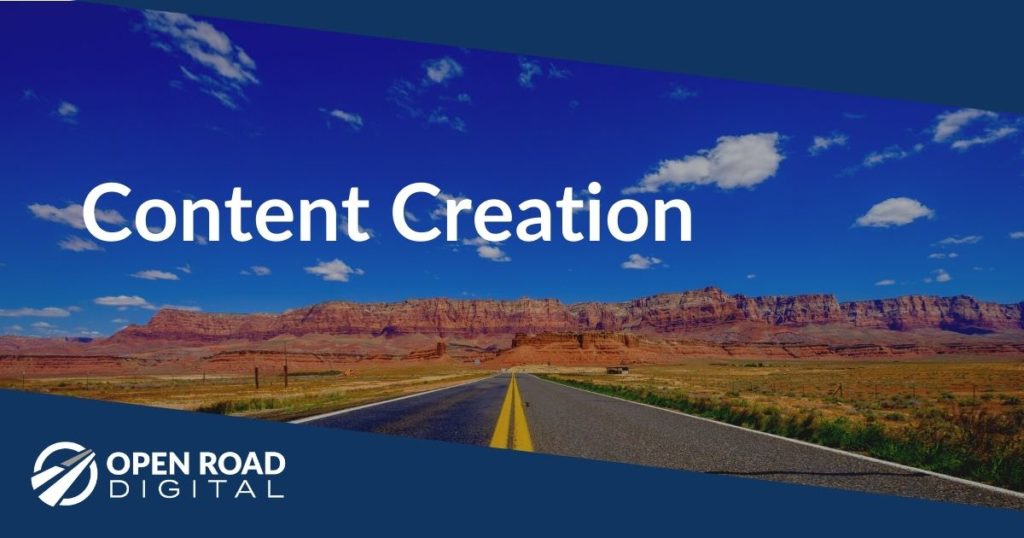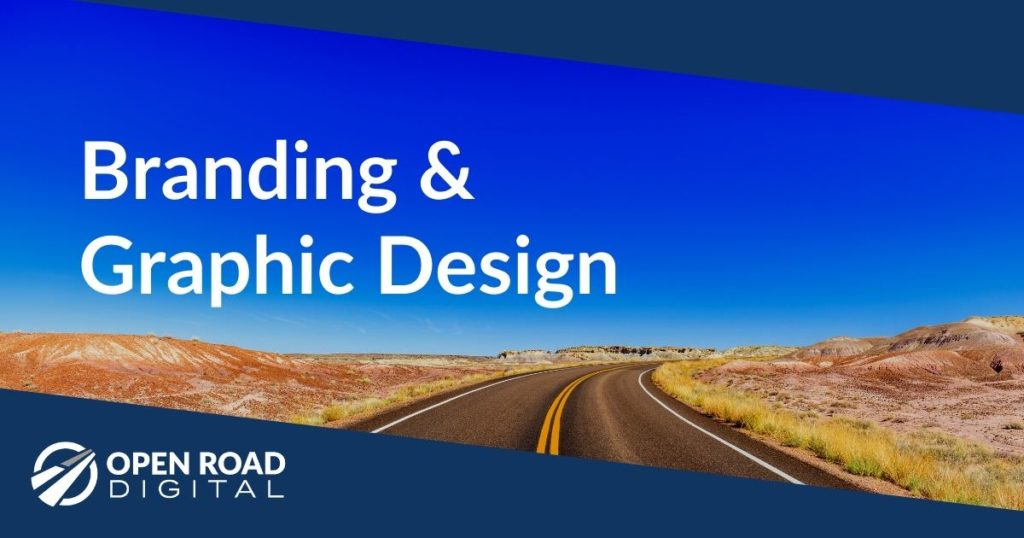The world of digital marketing (“social media!” “websites!” “SEO!” “blogs!”) can seem like one big morass. It starts working for us once we start making sense of it.
Here’s one major way to think about this: Is it Organic or is it Paid?
That’s a big distinction. Let’s delve into it.
Paid Content Explained
Paying to expose your content online is “Paid Digital” and can come in various forms, such as:
- LinkedIn promoted ads or posts
- Facebook promoted ads or posts
- Display ads (e.g., banner ads) on a website
- Paid listings on Google search results
- Sponsoring some kind of content, such as a podcast or an email newsletter
What do you get out of this? Exposure. More eyeballs. So why not start with this, right?
Wrong. (Usually.)
Think about it: EVERY kind of paid digital ad/post/message contains one thing in particular:
A link.
A link to someplace – usually a page on your website (e.g., “Our Guide to Widgets”). Have you built that page? Is it excellent?
Great Content Is the Key to Any Online Success
What this means is: If you don’t have great content, paying for any kind of digital ad won’t get you far. So how do you get great content?
You practice – at creating and publishing great content. One bit of content can become an ecosystem of content. For example: Write three blogs, an FAQ, and a case study, then combine them and all of a sudden you might have a great landing page or guide that says to visitors: “Hey, we know what we are doing. We are experts. Hire us.”
The content is so comprehensive, people can’t help but notice you.
Organic Content Explained
The content you publish (on websites, on LinkedIn, etc.) is “organic,” meaning that you haven’t paid LinkedIn or Google to display it. Instead, the reach (eyeballs or impressions) of your content depends on:
- How many people follow your (social media) page.
- How the Algorithm of a social media platform ranks your content (and whether they display it to more people).
- How many people are on your email newsletter list.
- SEO: the methods of convincing Google and Bing to rank your web pages high in search results.
These are things we don’t have complete control over.
But if you don’t start with Organic content, you really can’t advertise (Paid).
There is one “cost” associated with Organic content, of course, and that is the time you spend creating it and the people and systems you employ to build and publish it. I mean, nothing in life is free, right? (Put another way: You get what you pay for.)
So, start with Organic content. Keep doing it, forever. If you do, you can really break out and achieve more by employing Paid means of distributing your messages.




